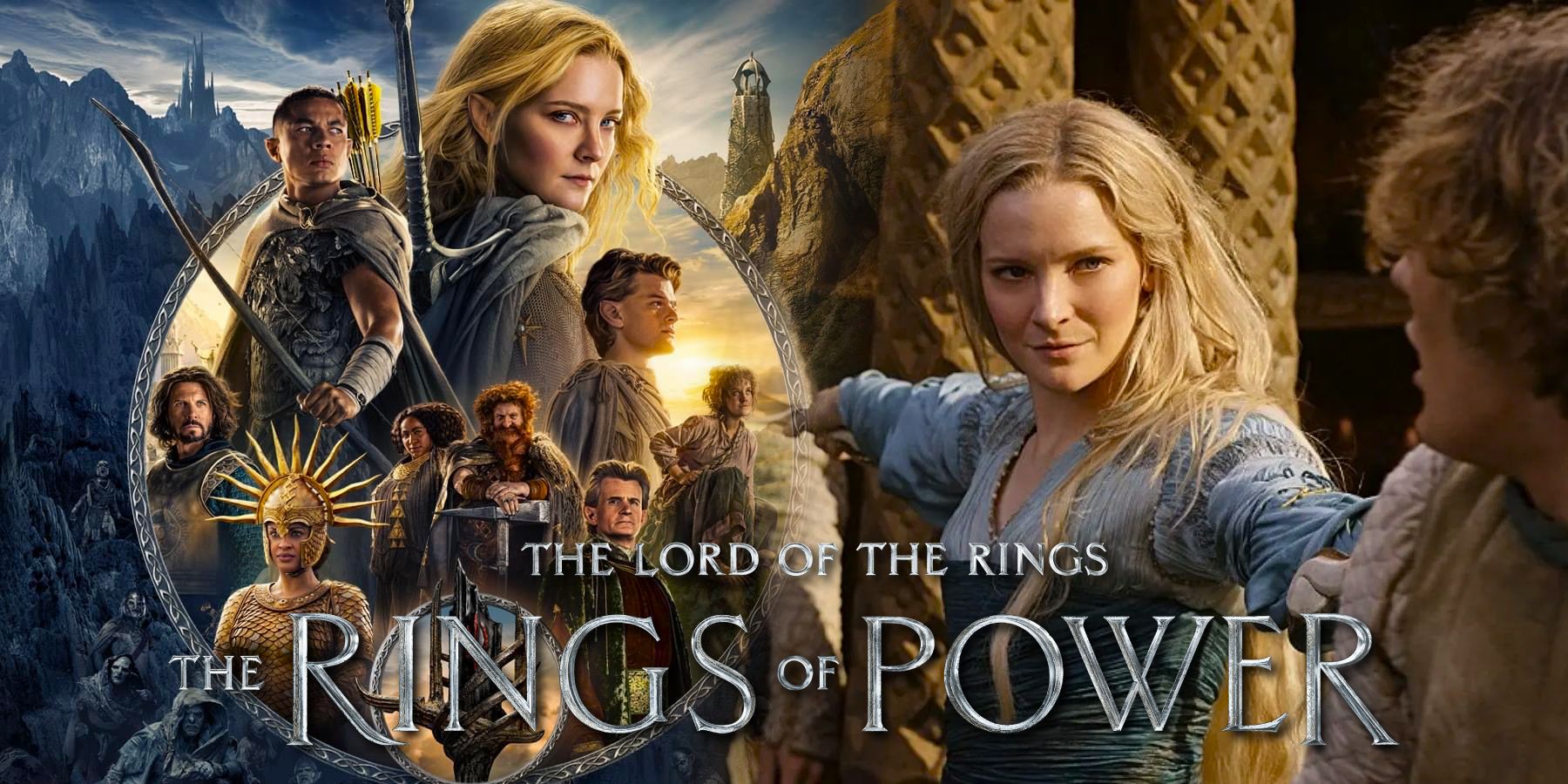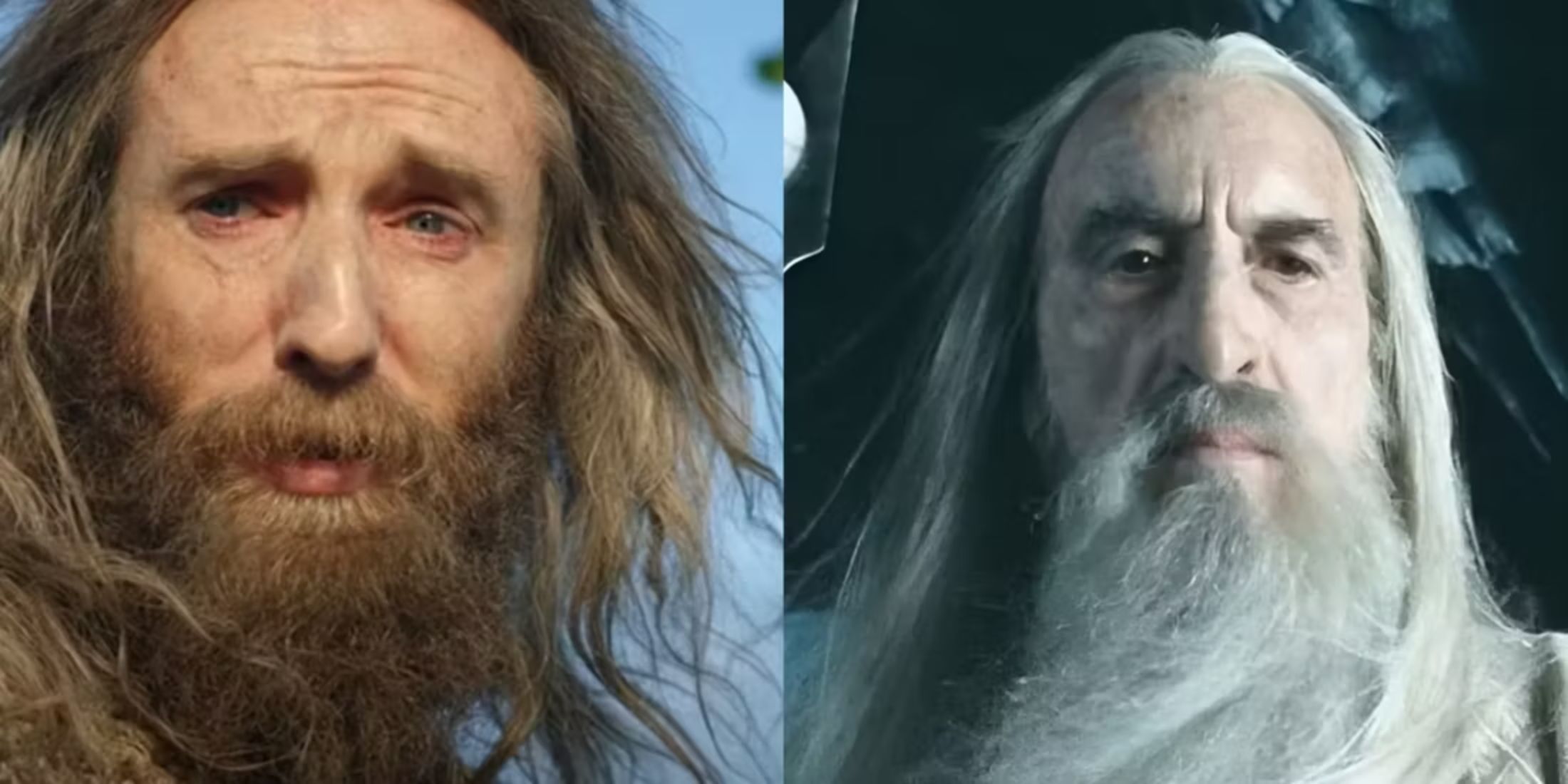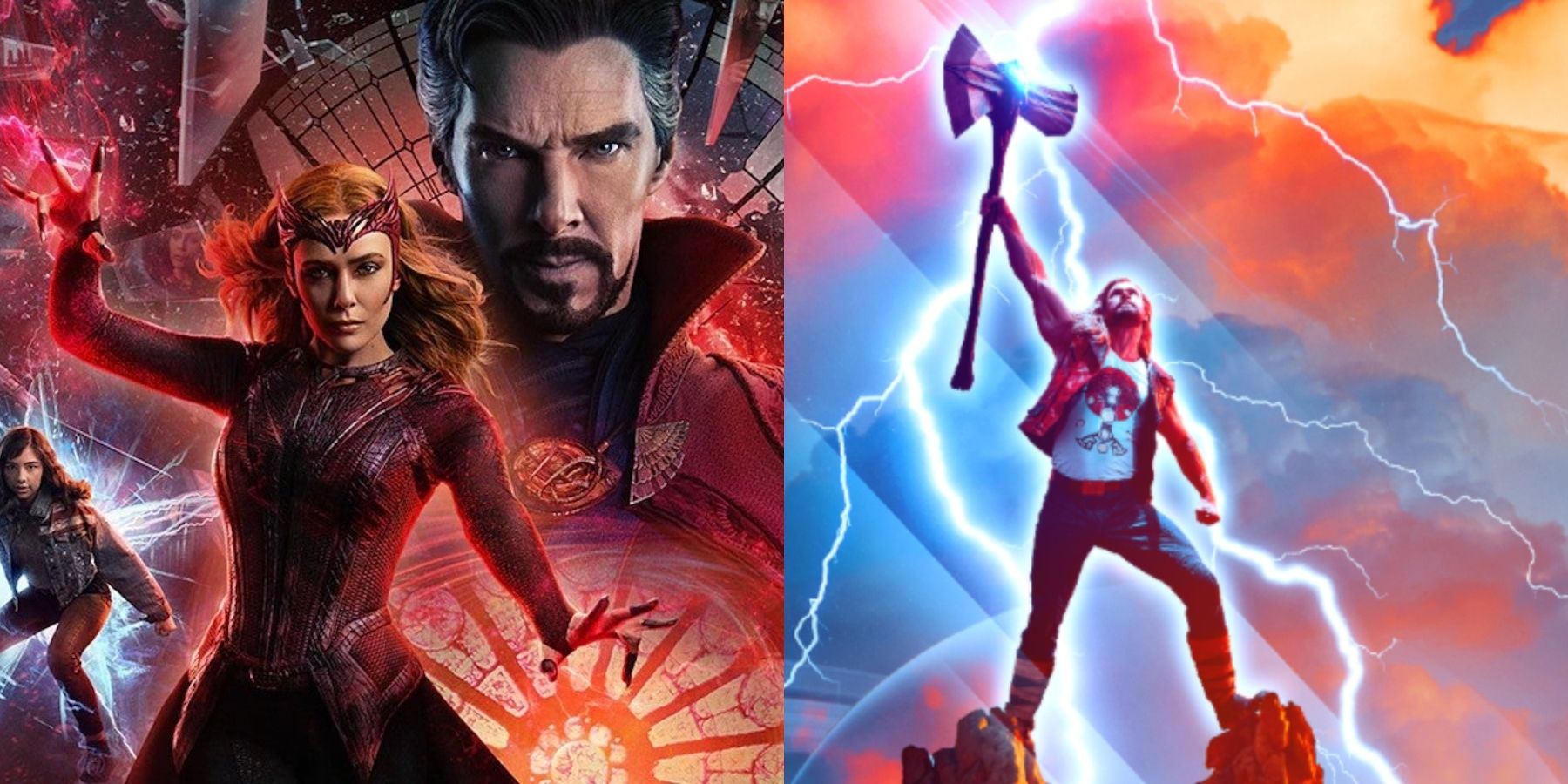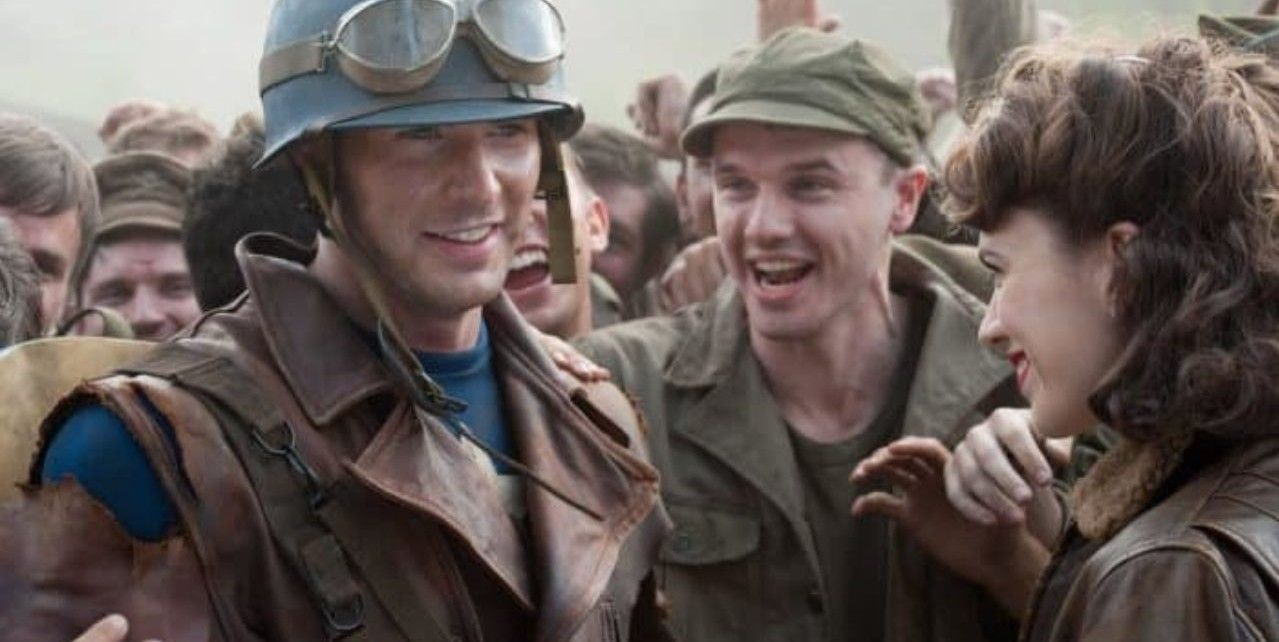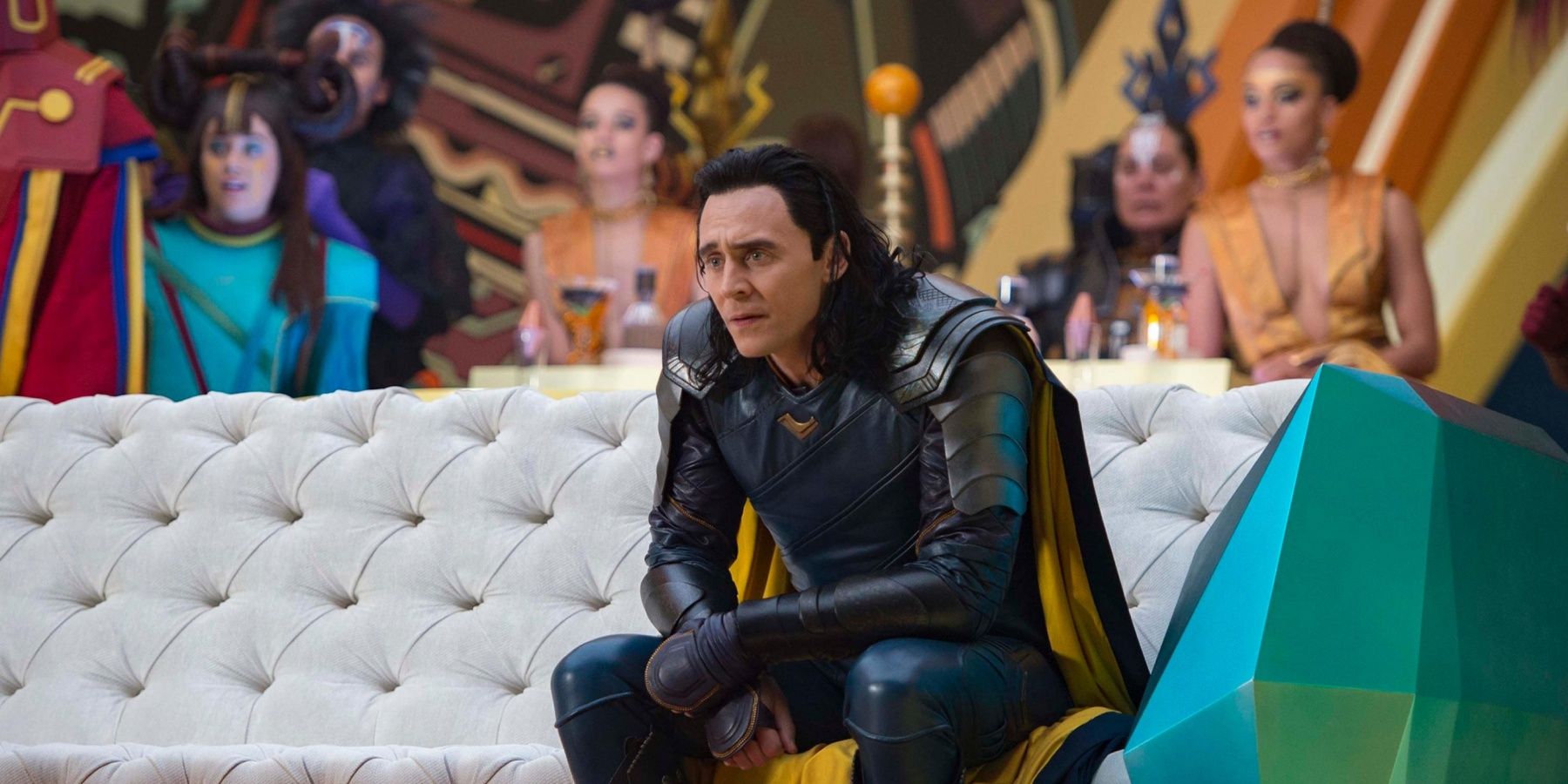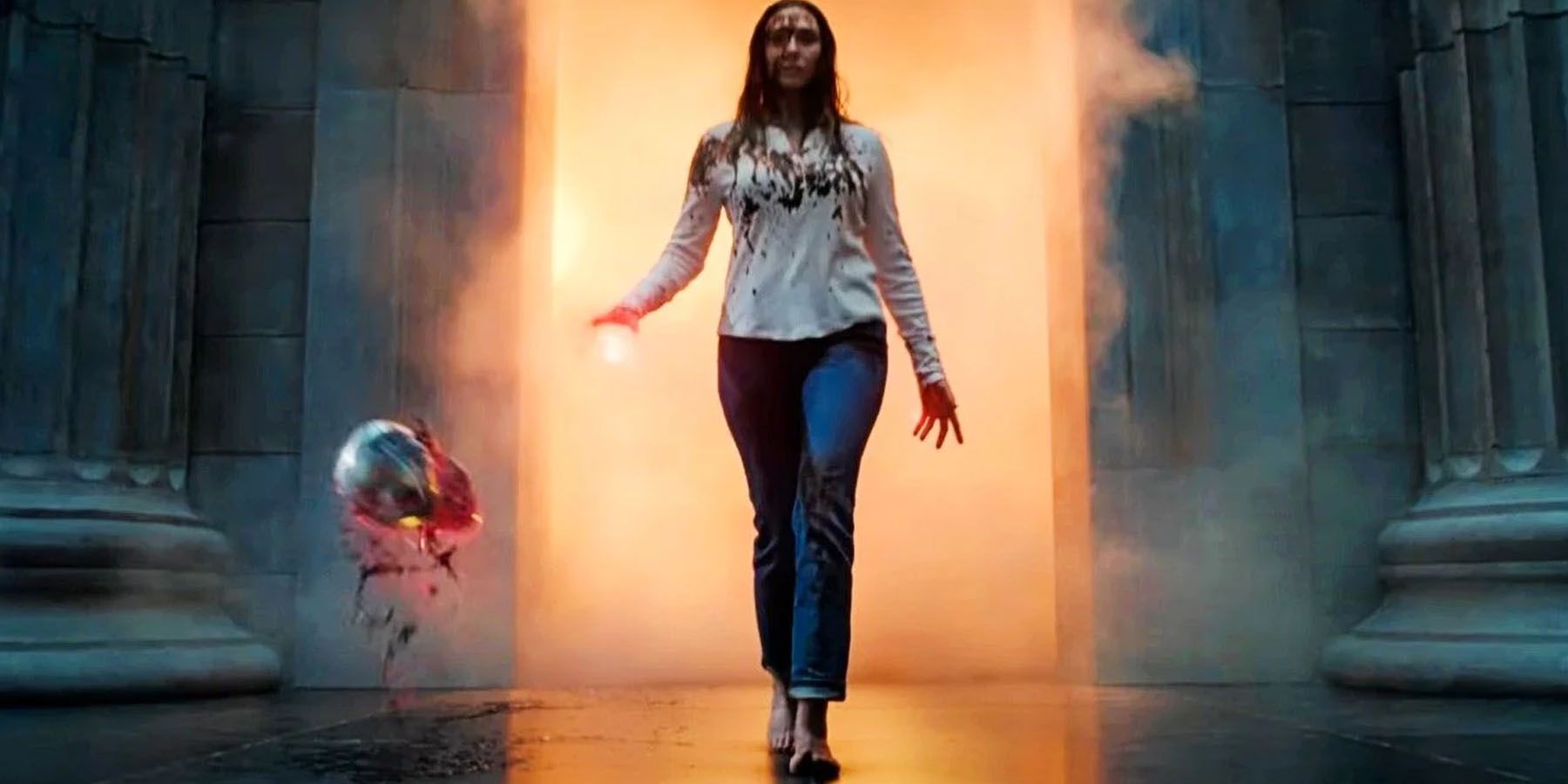The one thing that seems to define the Marvel Cinematic Universe at this point is unity. The movies all fit together into a larger narrative (for better or for worse) and every film, for the most part, has the same general aesthetic so that all of these stories feel like they take place within the same universe and don't look wildly different. This is an advantage for creating a cohesive series of movies, but more than anything it starts to make every film blend together with no way of standing out from the rest.
Of course, this criticism of the MCU is a more recent one; earlier phases had movies that felt very tonally distinct and that leaned more into the strengths of their directors. For a while in Phase 3 and 4, Marvel movies had started to feel too cookie-cutter and like they were afraid of branching out from the safest option. However, with the release of Doctor Strange in the Multiverse of Madness and the upcoming Thor: Love and Thunder, it seems like Marvel is once again realizing that having different directors make radically different movies that fit their personal styles is one of the best ways to freshen up the MCU.
In Phase 1 and even 2, the MCU's films felt quite distinct. The Iron Man movies felt different from the Captain America ones, which felt different from Thor's films or Ant-Man and so on. They were visually and tonally distinct while also fitting into the same universe, and they used the strengths and styles of their directors. Captain America: The First Avenger utilizes the aesthetics that director Joe Johnston typically uses in his other period pieces like The Rocketeer. The first Thor film is well-known (and not necessarily in a good way) for Kenneth Branagh's use of Dutch tilts and a more Shakespearean tone. They all manage to fit together while still retaining elements that make them feel original and like these movies exist within their own smaller universe.
Moving into Phase 3, however, it all starts to blur together a bit more as the need for a very unified story takes over. Rather than having a multitude of different directors, it seems like Marvel stuck to only having a few who didn't have any sort of distinct visual language to bring to the movies to make them all fit together better. The Russo Brothers directed a lot of the biggest films of Phase 3, with Captain America: Civil War, Avengers: Infinity War, and Avengers: Endgame all falling to them, and they no doubt were consulted on the other films in this phase as well to ensure that all of it would fit together.
Again, this is fine if the goal is to create a universe of movies that all feel the same, but that gets incredibly boring when it's used consistently. Now that the MCU is into Phase 4, it's a perfect opportunity for Marvel to try new visual and tonal styles because they're exploring new territory. Endgame was the end of an era, and so in order to do something unique, Marvel needs to take advantage of the resources they have and create something that's actually new and interesting and that distinguishes itself from the series of movies that came before it.
Thor: Ragnarok was one of the few movies people could point to in Phase 3 that really stood out from the rest, and it's because director Taika Waititi was able to put his own personal stamp on the movie. It felt fresh, especially for the Thor franchise that had been suffering up to that point. Waititi single-handedly revived the series and the character, and created what turned out to be a lot of fans' favorite Marvel film. From the small amount of footage shown in the trailers, it looks like Thor: Love and Thunder, his next installment in the series, is going to follow along those same lines and feel just as much like a Taika Waititi movie as it does an MCU one.
Doctor Strange and the Multiverse of Madness also manages to do this, perhaps more than any other MCU film to date. The style of Sam Raimi's direction is evident in every frame of the movie, and it really feels like Marvel finally let a director make a movie that is fully in their style. From the editing choices to the way the camera whips around, there are shots (and even ideas) that feel like they're straight out of The Evil Dead. Multiverse of Madness feels more stylistic than any other MCU movie to date, and it's a welcome change to a franchise that has been falling into the trap of feeling too similar across the board.
What makes the choice of having multiple different directors lending their voices to the MCU a good one is that it gives some variety to the films. Taika Waititi's Thor movies and Raimi's Multiverse of Madness could not be more different, but they still manage to feel like Marvel while also managing to stand out on their own. It makes them feel more special than a lot of other MCU movies, and Marvel would really be wise to take advantage of that strategy more. Let directors with their own distinct style and flair show that style in their MCU movies, because it really works to create something that furthers the story of the MCU while also being a good piece of art in its own right.


